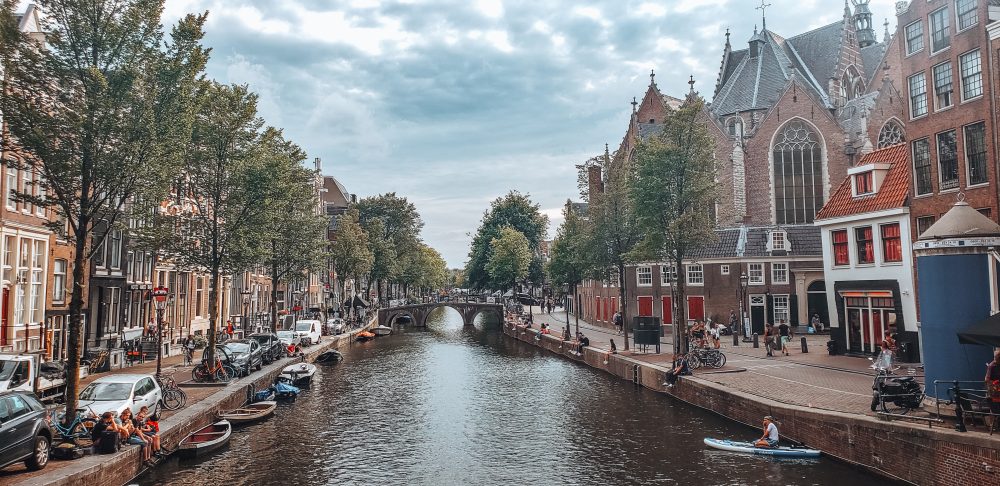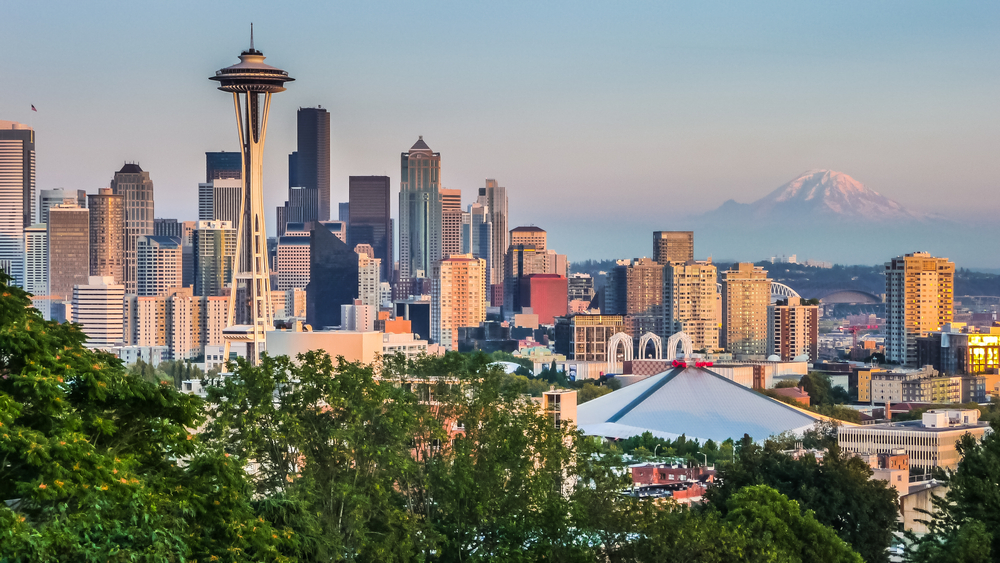If there’s one country’s food that has taken off on a global scale this past decade, it’s Korean food. Second only to kpop music, the cuisine of South Korea is one of the nation’s biggest draws, and rightly so. Korean food is varied, indulgent, experimental, and exciting. And when you visit South Korea, what to eat and where to find the best food are big questions to ask.
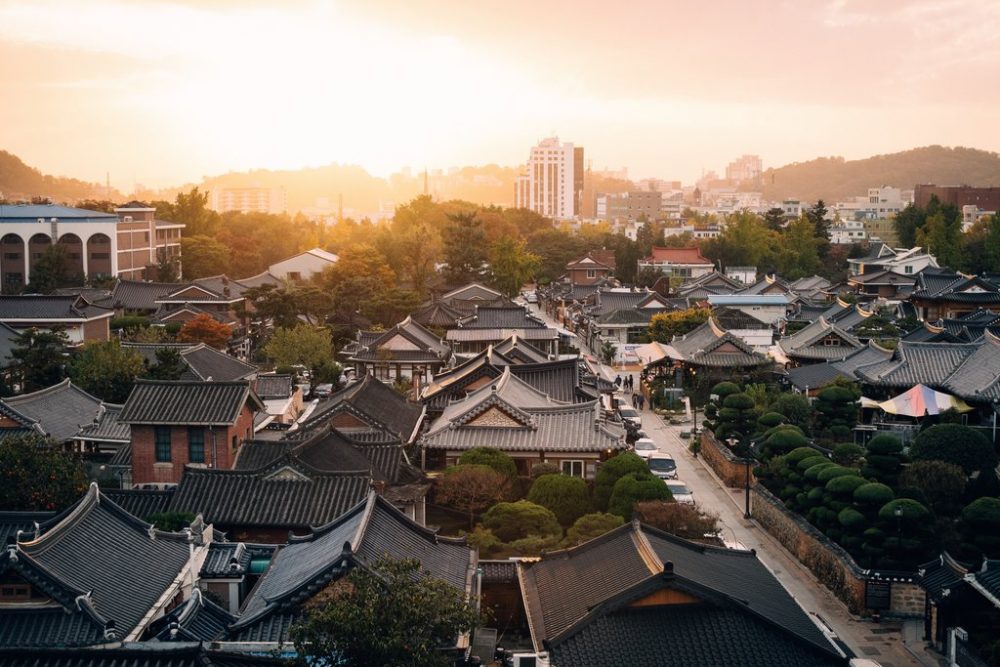
Most of Korea’s most famous foods come from all over the country, with most towns and cities having their own proudly local dish. Taking a culinary trip around South Korea to learn the origins of these dishes, and to sample the best local Korean foods, is one of the best ways to explore South Korea.
While travelling to South Korea isn’t possible for many of us at the moment, this culinary journey will give you some ideas for a food themed road or train trip once travel gets back to normal. South Korea is such a diverse and beautiful country that we had the pleasure to call home for a year and we can’t wait to show you why a visit to South Korea should be your next trip.
Read More: Best Korean Ramen (Ramyeon)
A Culinary Guide to South Korea: What to Eat and Where
Here is your full and complete culinary guide to South Korea: what to eat and where to find it. We’ll explore the country’s biggest and best culinary locations and what each place has to offer in terms of local cuisine.
Incheon: Jajangmyeon

We begin our culinary journey around South Korea in the town of Incheon. Perhaps most famously known as the Seoul satellite city where the nation’s international airport is found, Incheon has a long and fascinating history as a port town, and so the airport only continues that trade and travel tradition.
Because of its history as a port town, Incheon is home to a thriving Chinatown – the most famous and thriving Chinatown in South Korea. And it’s in this Chinatown that many Chinese-inspired Korean dishes first originated. The most popular and celebrated of these is, without a doubt, jajangmyeon.
Jajangmyeon is a filling and satisfying dish of Chinese style noodles, diced pork, and a thick black sauce known in Korea as chunjang and in China as tianmian. The sauce is made from sweet bean paste and has a very mild flavour. While the dish was first brought to Korea by a Chinese chef living and working in Incheon, it can now be ordered at any local restaurant in Seoul, but Incheon Chinatown is still the best place to try this fantastic dish.
Seoul: Bulgogi, Bbudae jjigae, & Dakgangjeong
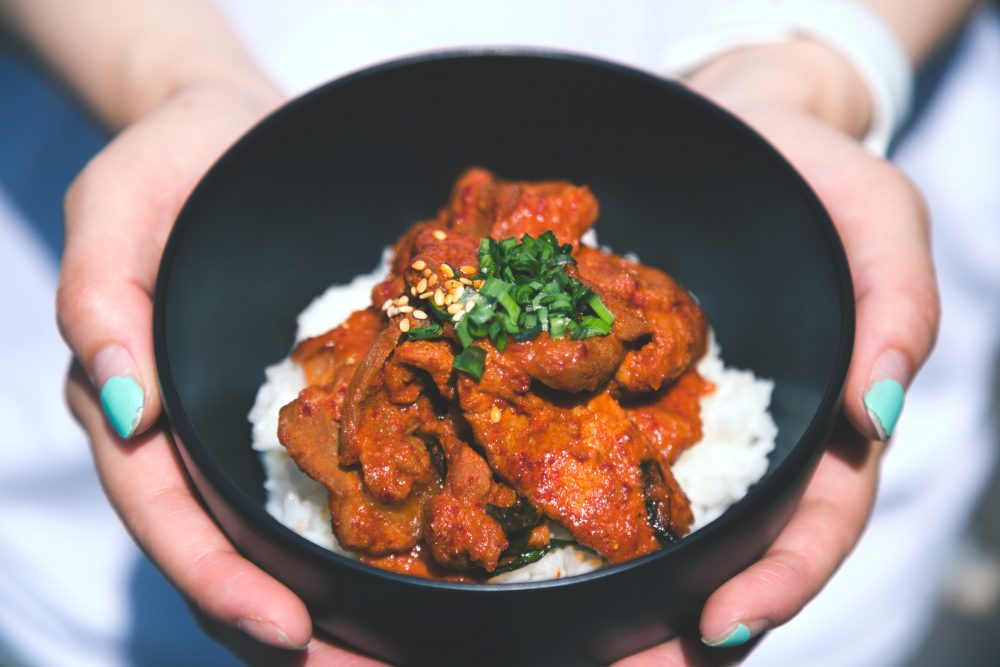
Seoul is a city that needs no introduction. The capital city of Korea is also the largest and most populous city in the Korean peninsula. Being the capital city, Seoul naturally has a wealth of its own local dishes. What’s surprising, however, is how many of these dishes are either fairly modern inventions, or have very unique origins.
A little history is needed to appreciate some of the dishes we’ll talk about here. After the Korean War ended in 1953, Seoul was heavily occupied by American military forces (it still is to this day, in fact), and those soldiers had a considerable impact on the local cuisine.
On top of this, Seoul’s proximity to the new and dramatic border between North and South Korea means that it is a refuge for many escapees from North Korea. What is considered by many to be Korea’s most famous dish – bulgogi – actually originated in North Korea (or, rather, the northern parts of Korea from back when it was still one complete nation).
Refugees from North Korea helped to popularise the dish and, today, it is a celebrated and dish in South Korea.
Bulgogi is a dish of barbecued strips of beef or pork (the name literally translates to “cooked meat”) similar to Japanese yakiniku. Various cuts of beef can be used, and it is often served with leafy vegetables that can be used to handle the meat. Rice can also be served as a side, and bulgogi is best enjoyed with a few cold beers.
As for how the American military, and western cuisine in general, has influenced Seoul’s local cuisine, look no further than dakgangjeong. This is a dish of sweet, crispy fried chicken. The young people of Seoul wholeheartedly adore fried chicken, and it’s in Seoul that you’ll find the biggest variety of fried chicken in the whole world.
It’s hard to overstate just how delicious, and how popular, dakgangjeong is in Seoul. There are countless dakgangjeong restaurants in Seoul alone, and all of them offer a huge variety of dakgangjeong dishes.
You have fried chicken on or off the bone, and the sauces/toppings range from cheese to sweet or spicy sauces, soy, garlic, and more. Seoul is the true home of fried chicken.
Finally, Seoul is also where you can find the origins of bbudae jigae (army stew). The stew perfectly combines Korea’s most popular food — kimchi — with American pork staples like spam and sausages. Bbudae jigae was created after the Korean War by mixing surplus army rations with locally sourced foods.
To this day, spam is considered a kind of strange delicacy in Korea and is given by bosses to workers as a thank-you gift.
Read More: Enjoy the street food of Myeongdong in Seoul
Sokcho: Fresh Seafood
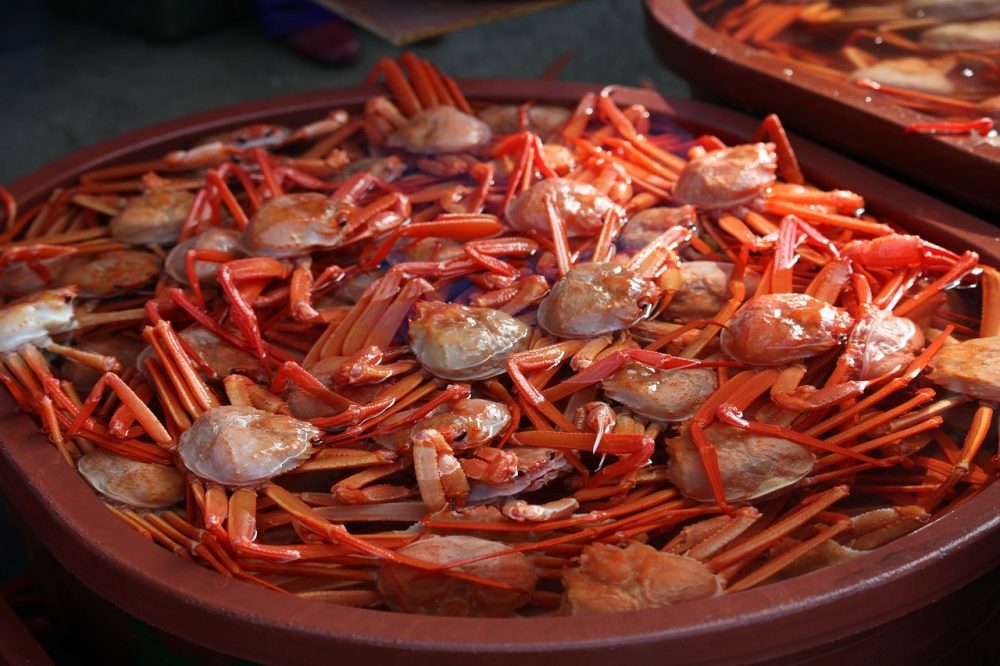
Sokcho is a port city that has its ancient roots in a fishing village. Today, it’s a natural tourist spot in South Korea thanks to its close proximity to Seoraksan National Park. Seoraksan is home to South Korea’s tallest peak, and is an endless, rugged wilderness of wild, craggy peaks and lush vegetation: a hiker’s paradise.
Sokcho itself is famous for its fresh seafood, caught by local fishermen just offshore. In fact, Sokcho offers visitors a colossal seafood market known as Sokcho Jungang Market. This heaving marketplace has more than four hundred seafood stalls, each serving up enormous, freshly-caught squid, crabs, shrimp, and so much more.
If you’re looking to get a vivid image of Sokcho before visiting, definitely read Winter in Sokcho by French author Elisa Shua Dusapin, one of the best books to read before visiting South Korea.
Andong: Soju & Jjimdak

Andong is a beautiful, peaceful town on the east side of central South Korea. If you’re looking for a place in Korea that really celebrates its folk traditions, Andong should be at the top of your list. Andong Folk Festival, for example, is a yearly tradition, held during October, that celebrates the local art history of the region. The local university even specialises in Korean folk history.
One of the coolest culinary aspects of Andong is its soju. While soju is the staple alcohol of South Korea (like sake in Japan and baijiu in China), the Andong brand of soju is considered the finest in all of South Korea. If you want to experience soju at its finest, you need to visit Andong.
As for the food, Andong has a culinary history to match its folk history. The town’s most famous and celebrated dish is easily jjimdak: a Korean stew made from steamed chicken and mixed vegetables marinated in a soy-based sauce (known in Korea as ganjang). This local chicken stew is an absolute delight, full of subtle flavours and extremely nourishing.
Jeonju: Bibimbap & Kalguksu
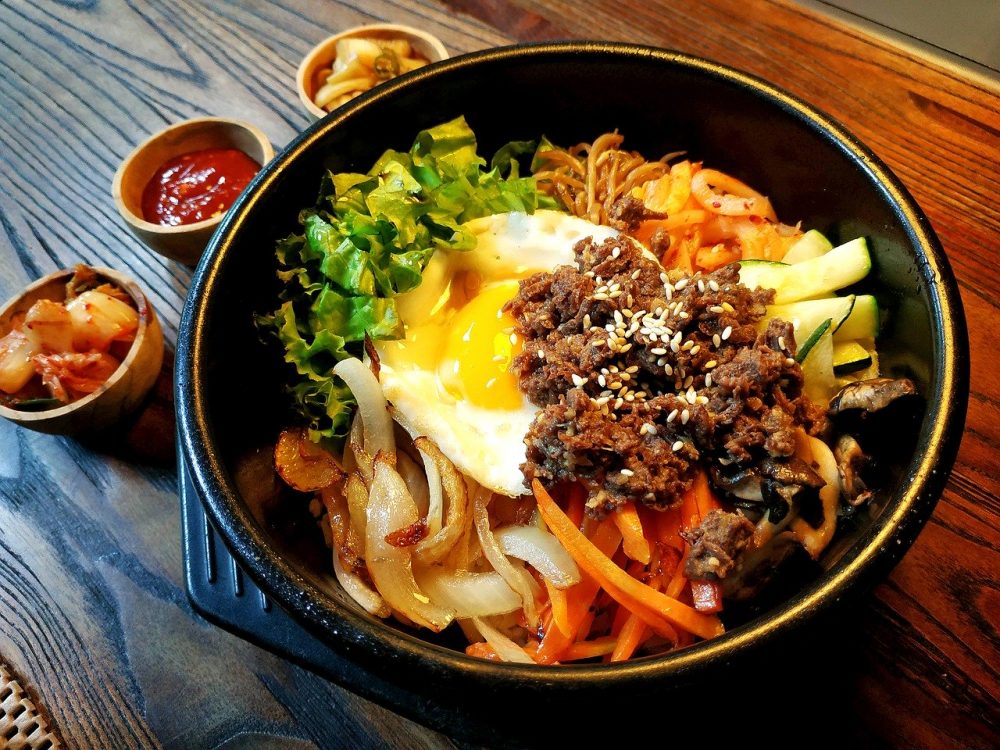
Jeonju is a small city near the West coast of Korea. The city is predominantly known to tourists for its Hanok village. These are vintage villages populated by traditional Korean-style houses, sort of like Japan’s Edo period buildings found in the Gion district of Kyoto.
Hanok villages are gorgeous, and they can be found in multiple cities around South Korea, including Seoul. But the most impressive Hanok village is to be found in Jeonju. Jeonju is also the home of Korea’s most famous dish: bibimbap. Bibimbap is to Korea what a roast dinner is to the UK: a rounded, wholesome meal of meats, vegetables, and sauces.
Bibimbap is a hefty rice bowl topped with mixed vegetables (kimchi, radishes, carrots, etc), a generous helping of meat (traditionally beef), and a raw or fried egg.
Bibimbap is also flavoured with a chili pepper paste known as gochujang. Needless to say, there’s never a better place to try a dish than its own home, so trying bibimbap in Jeonju is a necessity and a privilege. Jeonju even hosts a yearly Bibimbap Festival to celebrate the national dish.
It’s fairly unclear where kalguksu originates from, but the most famous version of this dish comes from Jeonju. Kalguksu is one of the very best Korean noodle dishes.
For comparison, you can think of kalguksu as Korean ramen noodles, though they are still very much their own thing. Kalguksu is made from wheat flour noodles served with a seafood broth made from anchovies and kelp. The dish is often finished off with potatoes or scallions.
Daegu: Dongindong Jjim galbi
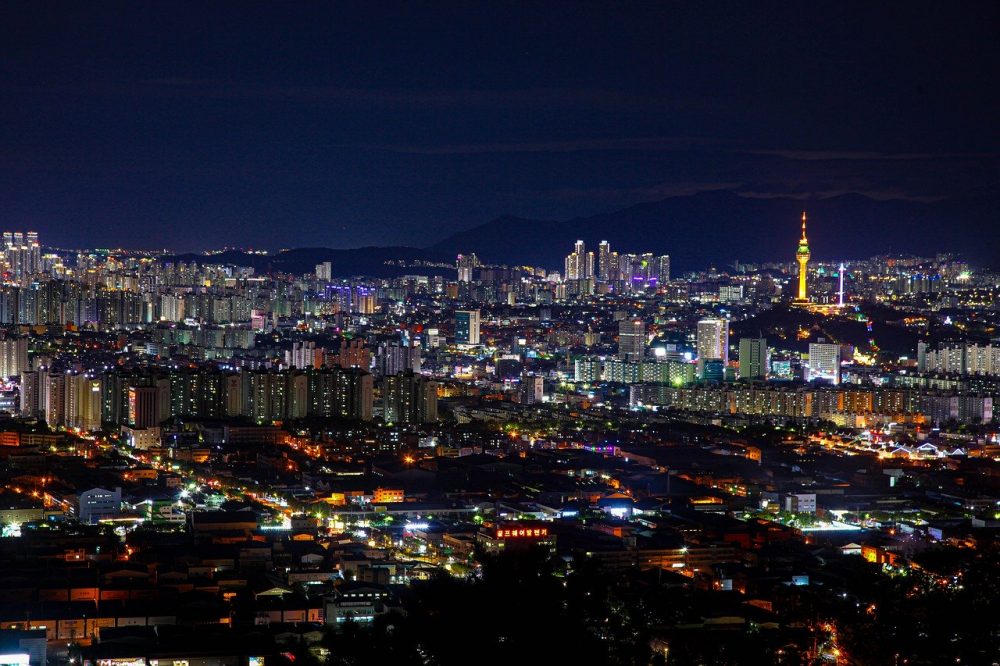
South Korea’s fourth-largest city, Daegu, is a thriving metropolis that combines traditional Korean culture with the most exciting aspects of modern Korean life. Since the Korean War, this city has been the hub of Korea’s electronics and textiles industries, making for a rich and thriving metropolis and one of the best cities to visit in South Korea.
Daegu also has a fairly secretive culinary history, with local dishes that many people have never heard of. One of these dishes is dongindong jjim galbi, a mouth-watering dish that will excite the taste buds of any ambitious carnivore. Dongindong jjim galbi is essentially a large metal dish filled with beef ribs. The ribs are seasoned with pepper and garlic, and the dish is traditionally enjoyed with a generous amount of Korean soju to really elevate the spices.
Gwangju: Ori-tang

Gwangju is a name that may be familiar to many people with a passion for Korean cinema or an interest in Korean history. The nation’s six-largest city was home to an enormous and transformative pro-democracy uprising in the 1980s.
This uprising was captured amazingly in the fantastic Korean film A Taxi Driver. Today, the legacy of that uprising, which changed the future of South Korea, can be seen in Gwangju’s 5.18 Memorial Park.
As for the city’s local cuisine, Gwangju is perhaps best known for its ori-tang, a kind of Korean duck stew. With duck being one of the softest and most flavourful meats, this is a true local delicacy in Gwangju. Ori-tang is often spiced with chili powder and the broth thickened with perilla seeds.
Boseong County: Green Tea Specialities

One of the natural wonders of South Korea is, without question, Boseong County. This area of South Korea on the nation’s south coast is home to a seemingly endless sea of tiered green tea fields. A mountainous region at the edge of the sea, populated by green tea fields: there may not be a more picturesque place in all of Korea.
Naturally, it should come as no surprise that Boseong County’s culinary speciality is green tea. Both Korea and Japan are famous for their green tea-flavoured products, and in Boseong County you can find everything from ice cream to noodles flavoured with green tea. If you’re a fan of green tea and its flavour, you’ll be in heaven when visiting Boseong County.
Busan: Dwaeji Gukbap & Ssiat Hotteok
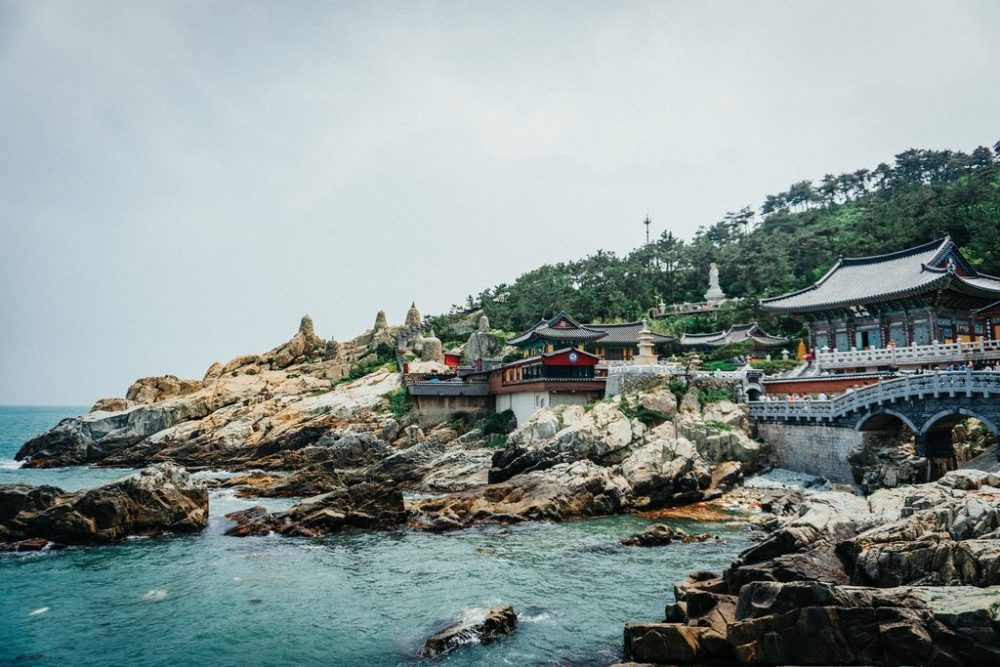
Busan is the southern capital of Korea: a thriving, bustling city on the southern edge of the country. A place of iconic beaches, fantastic bars and restaurants, and a temple that hangs over the rocks at the edge of the water (see photo). There is so much to love about Busan, and one of the many things to enjoy is the city’s cuisine.
Dwaeji gukbap is a soup local to Busan, with its primary ingredients being pork and miso, flavoured with soy and sesame oil. It’s a soothing, flavourful, and friendly dish that almost anyone can enjoy. It’s a favourite amongst locals and one of those dishes that isn’t overly popular across the country, so you really do need to visit Busan to get the true dwaeji gukbap experience (like you needed another reason to visit Busan).
Visit any street food market in Seoul, and you’ll have plenty of chances to try hotteok: sweet Korean pancakes. But the city of Busan has its own unique take on hotteok, known locally as ssiat hotteok. The only real difference is that ssiat hotteok are filled with local seeds that are extremely healthy and add a welcome texture to the hotteok.
Jeju Island: Black Pork
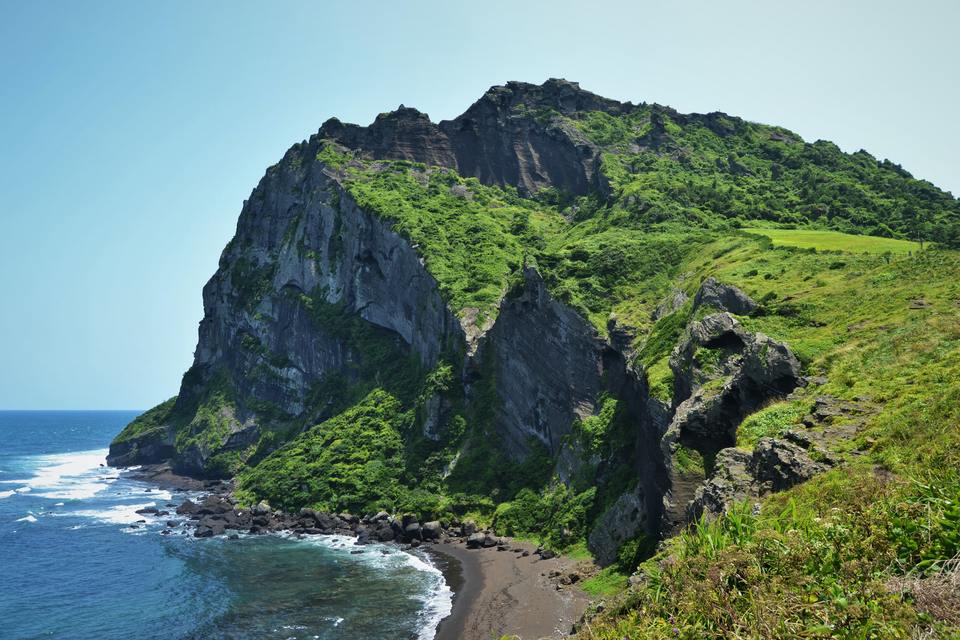
Jeju Island is a popular tourist destination for locals and foreigners alike. In many ways, this island off the south coast of Korea is a land and culture all its own. In fact, ask anyone native to Seoul and they’ll tell you that it’s far easier to understand the modern North Korean dialect than it is to work out what the islanders of Jeju are saying.
Jeju is a perfect island paradise, and home to an enormous wealth of unique local foods. The most well-known and beloved of these dishes is easily Jeju black pork.
This is a local kind of pork sourced from Jeju black pigs (heuk dwaeji). The meat is traditionally barbecued in the same way as beef is in a traditional Korean barbecue. Jeju islanders and mainlanders alike all attest that Jeju black pig pork is the finest pork in the entire Korean peninsula.

